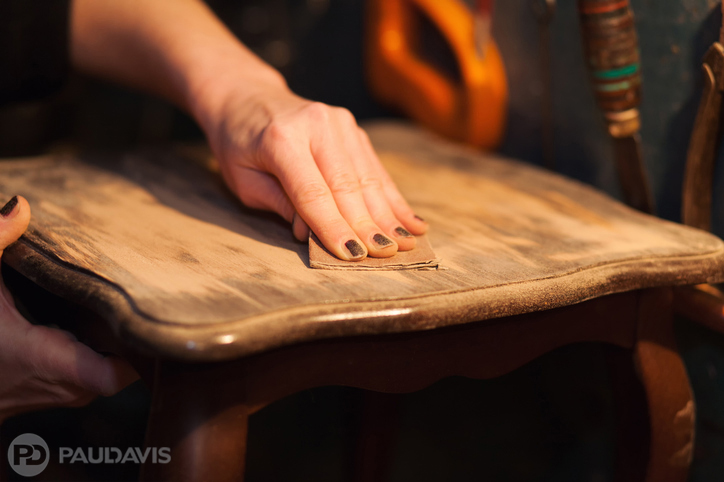
In the aftermath of a fire, few people mourn the loss of walls, dividers and roofs. These structural parts are easily replaced and they didn’t give the workplace or home its sense of accomplishment, warmth, teamwork and sentimental value. Damaged contents matter far more to victims: the favourite chair, the framed first dollar earned, team photographs, heirloom china or children’s stuffed animals.
Many people are tempted to declare these precious items a complete loss, consigning them to the dumpster as cleanup begins. Happily, today’s modern handling and cleaning technologies enable Paul Davis to restore many possessions that were considered ruined in the past. The company has sophisticated techniques to evaluate damage – faint smoke odour, for instance – that is subtle but important to eradicate; if it remains, that odour becomes noticeable once returned to unaffected environments. These new processes restore most possessions – 85 percent of those affected – to the same or better condition than before the event. Certainly, not all contents can be saved or are worth trying to restore but Paul Davis realizes how important cherished possessions are and works tirelessly to preserve them if at all possible.
After an event, Paul Davis technicians meet with the business or homeowner to identify possessions to be restored and cleaned, then carefully packs and removes them to the company’s central contents processing center. There, items are recorded in an electronic inventory system and receive one or more of many scientifically proven treatments:
Inspection and preparation: Paul Davis specialists follow strict procedures that begin with preventing further damage to possessions. For instance, they remove wire hangers immediately from clothing to prevent rust stains. They wipe acidic residue off appliances immediately to prevent permanent yellowing that can form in a few hours. As they transport, inspect and prepare items, technicians adhere to tested handling procedures that prevent compounding damage.
Cleaning: Cleaning may entail ultrasonic treatments, dry soil removal, specialized equipment systems, wet cleaning, dry cleaning, rapid drying and deodorizing. Restoration teams choose among specialized cleaning agents, surfactants, degreasers, ozone treatments, disinfectants and solvents that specifically address certain types of contamination on prescribed schedules. Dishes taken from fire sites, for example, are designated for immediate cleaning before they form “baked-on” coatings that can be difficult or impossible to remove.
Replacing components: Paul Davis specialists may strategically replace certain elements to achieve a completely restored item. For instance, they may replace the top centimeters of soil surrounding a live plant – this layer often retains acid from fire damage that can kill the plant if watered.
Expert partners: Paul Davis often handles priceless or unusual items such as rare books and fine art or specialized items like computers and electronics. The company maintains a database of trusted experts - art restorers, carpenters, industrial hygienists, furniture refinishers, computer technicians, upholsterers - to help restore these pieces.
As it works to help disaster victims, Paul Davis has had the privilege of restoring many treasured possessions to the delight and surprise of their owners: Hong Dynasty vases, a valuable collection of historic football memorabilia, an 1823 bible from Germany. Should a disaster occur at your home or business, our team stands ready to restore your most important belongings. This is no time for second best.
